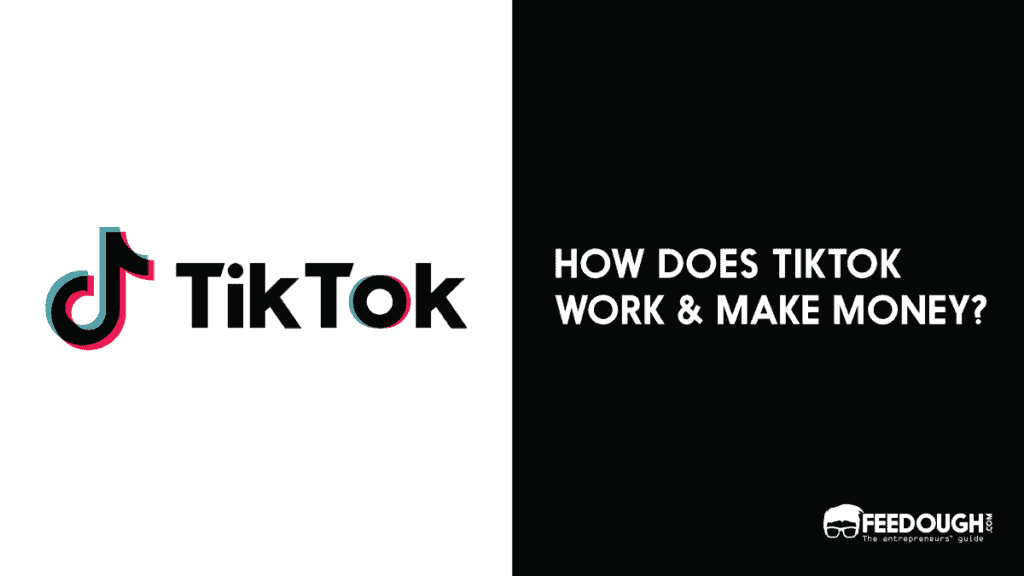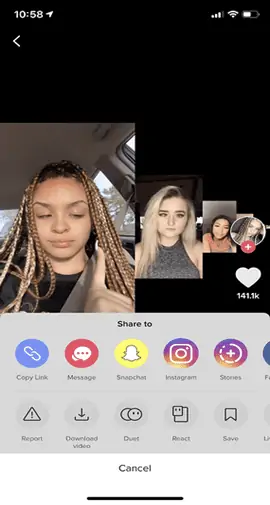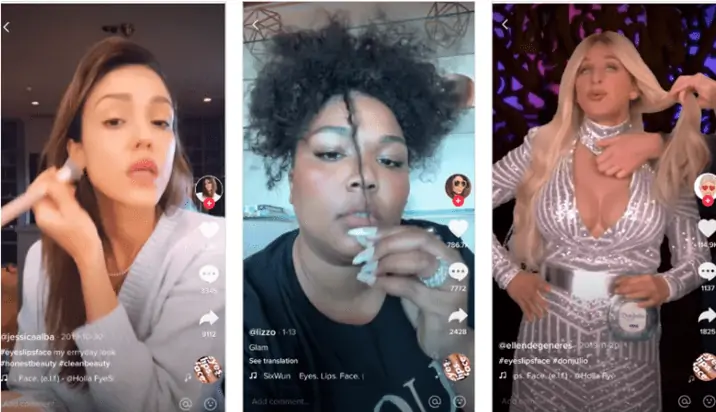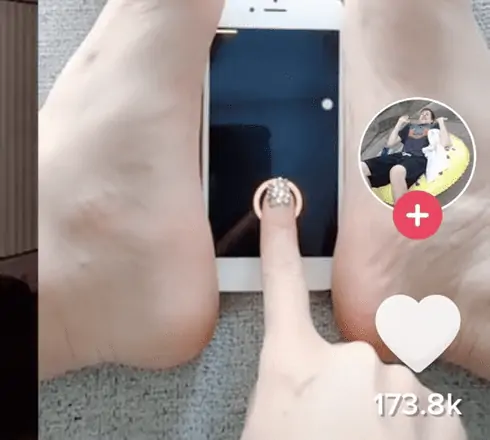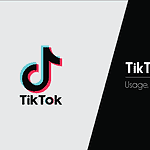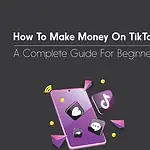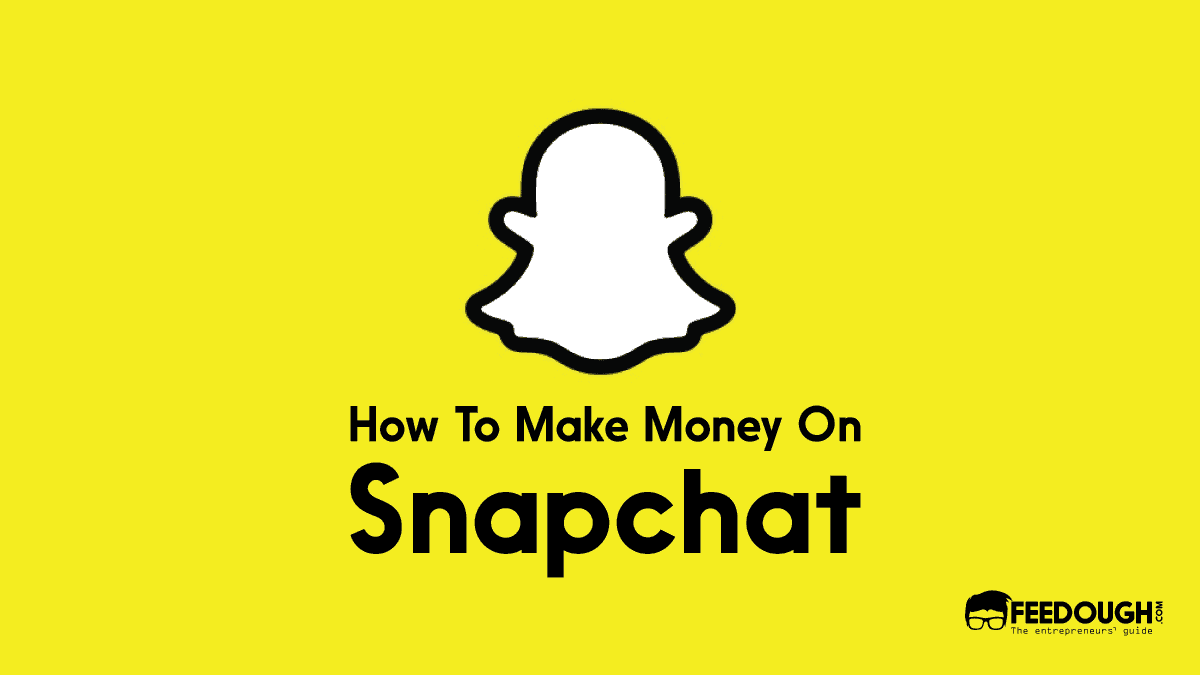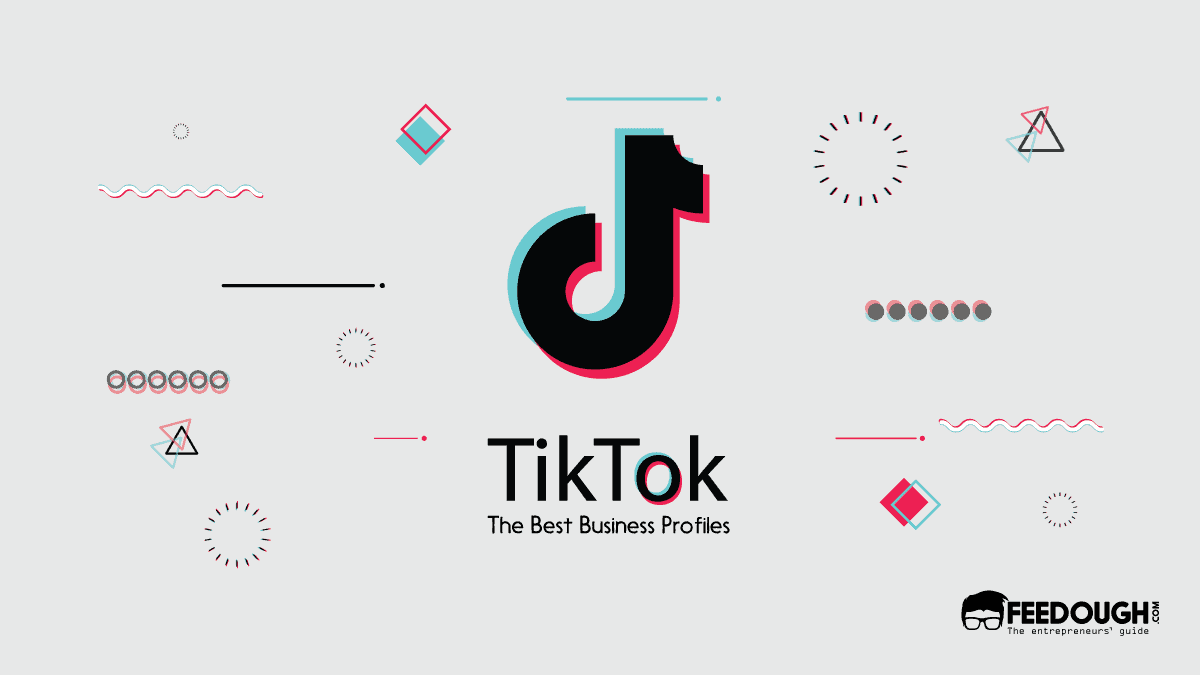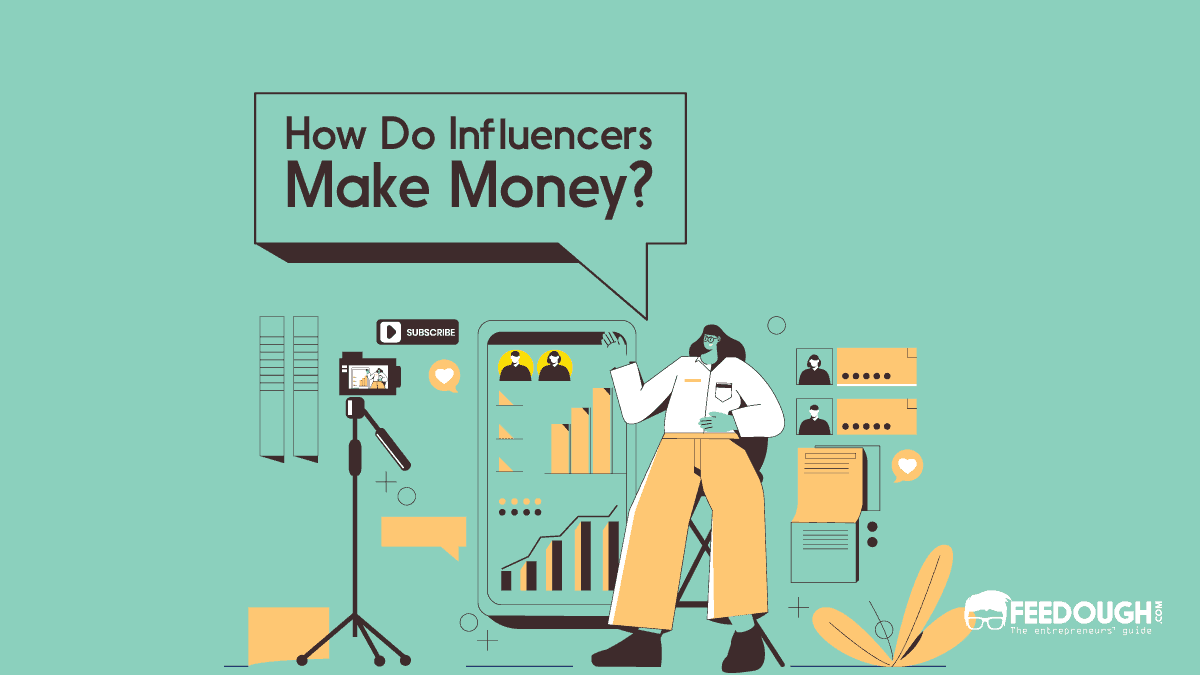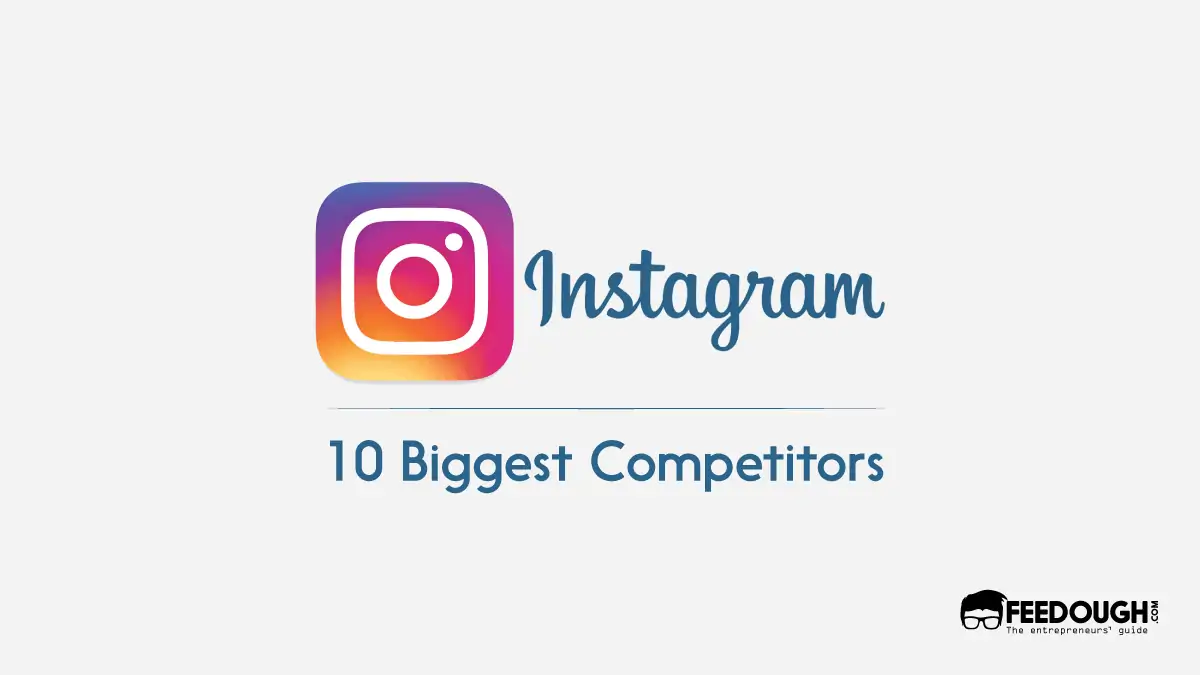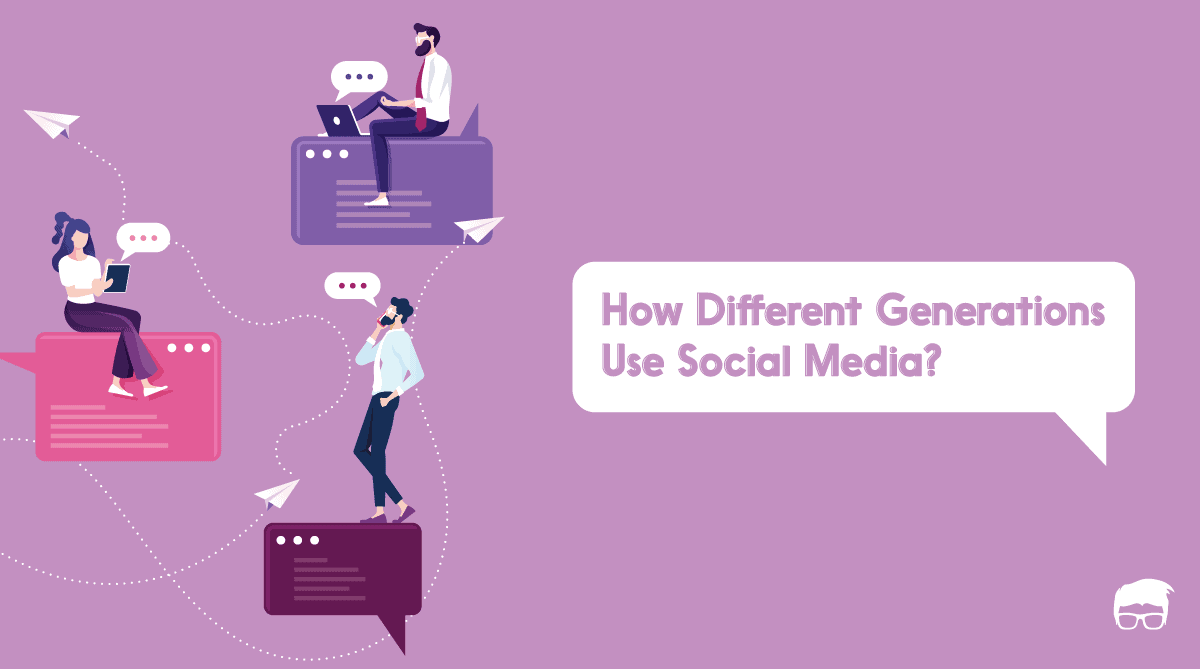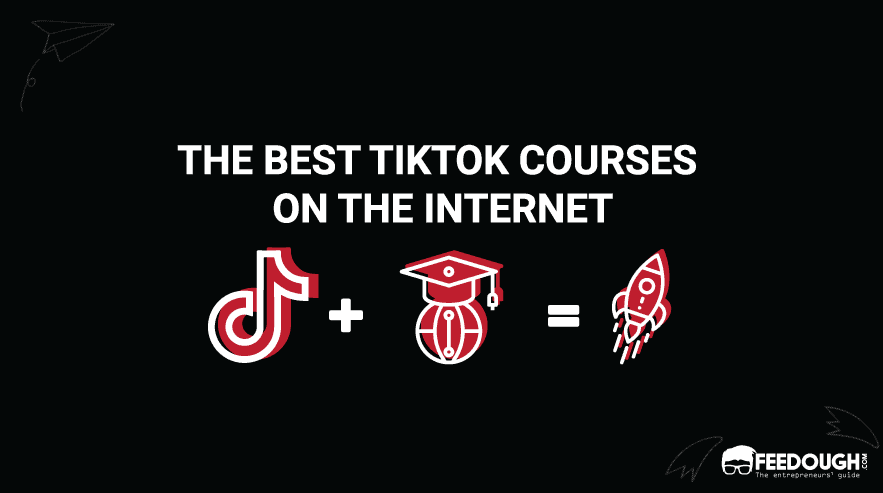Tiktok: The most downloaded app globally in 2020 with the highest social media engagement rate per post. Used in more than 150 countries, the app has over 1.1 billion users worldwide and is the fastest-growing app globally, surpassing all the influential names like Youtube, Instagram, and Facebook.
There’s no doubt TikTok is making a big splash. Indeed, the platform has established a new realm of online sharing that has revolutionised the way people engage with each other and consume digital material. With its remarkable authenticity and expanding cultural influence, this video-based social media app has made Gen Z go gaga over the platform.
Wondering what’s so unique about TikTok business model that has swept the internet off its feet? How does this application operate? How does it even make money when it’s completely free to use?
Worry not; we’ve got you covered. Let’s elucidate the business model, operating model, and revenue model of TikTok to find answers to our questions.
What Is Tiktok?
TikTok is a popular video-focused social networking platform that allows users to record, watch, and share short-form video content (ranging from 15 seconds to three minutes) of various genres using their smartphones.
It is a user-friendly and creative application that generates compelling content (lip-syncing, dancing, pranking) by tapping into the imagination of its users through a variety of challenges. The app allows its users to add audio and visual effects, such as music and filters, and is known worldwide for its addictive appeal and high levels of engagement, all thanks to its unique AI system.
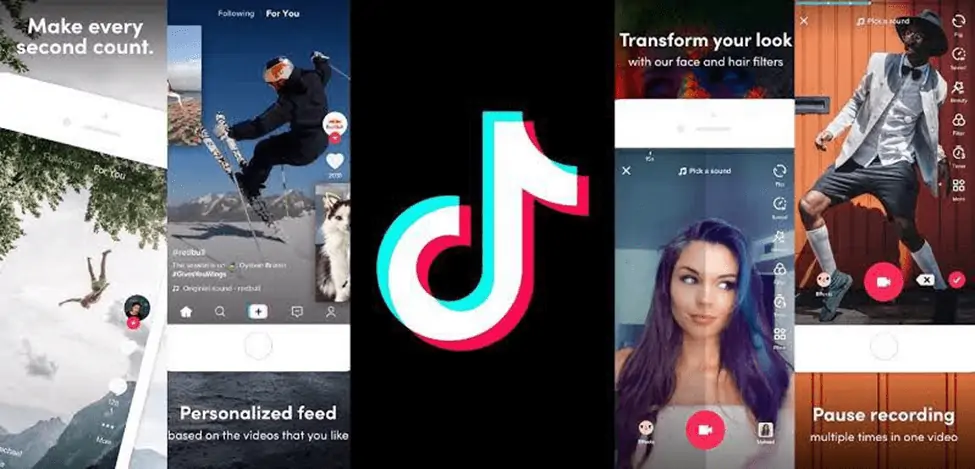
It was founded in 2016 by the Chinese company, ByteDance with the mission to “create an endless entertainment platform where anyone can contribute.” However, the platform gained significant traction in late 2017, when the company acquired a competitor app, Musical.ly, which transferred its 200 million users to TikTok. And since then, there’s no stopping. In a short span of four years, TikTok has surpassed 3 billion downloads and reached one-third of all social media users on the planet.
Here’s a brief timeline of Tiktok from its birth to when it joined the ranks of social media giants.

Idea Behind TikTok
TikTok has had such massive success because its parent company Bytedance acknowledged that people, particularly Gen Z, are constantly keen to try new things. The platform created the culture of trending videos wherein famous artists frequently design original themed dances, which the users on TikTok subsequently attempt, and dances that become very popular often become dance trends in real life. Therefore, the app has completely changed how music hits are made and promoted.
Additionally, the app catered to a large market of consumers searching for a few minutes of micro-entertainment and diversion during the day.
However, developing a “video-based app” wasn’t altogether a new concept as both Vines and Musical.ly were established and successful video apps with a similar idea. Their success familiarised users with the concept of a video-based app, and their exit from the market served as the foundation for the success of TikTok.
Further, the demand for teenagers to go off Facebook, Instagram, and Snapchat and have their own social space where their parents couldn’t see what they were up to fueled TikTok’s rise. Additionally, Facebook served the needs of primarily millennials and boomers who wanted to stay connected, and Instagram helped people to share their moments with their friends. But, Tiktok provided a unique proposition as it understood the repressed needs of Gen Z, who wanted to be a part of a community. In fact, in the first quarter of 2019, TikTok surpassed Facebook as the most downloaded social networking app worldwide. No wonder, regardless of being a relative newcomer to the social media scene, it is a formidable challenger in terms of user acquisition and engagement. This is because the platform has capitalised on netizens’ shrinking attention spans, particularly among teens, to gain an advantage in making viral.
All in all, the idea behind launching TikTok was to provide an entertaining outlet for the younger generation where users could express themselves freely.
Who are Tiktok’s Customers?
The platform is a social hub for Gen Z. In fact, 60% of TikTok users are Gen Zers. Thus, TikTok’s primary target audience is Gen Z, the “digital natives” who crave attention and social validation. Moreover, the users (the consumers and creators) of TikTok thrive on the platform as it allows them to exhibit their individuality and creativity.
Besides its users, TikTok also serves the requirements of its other customer segment: the advertisers. This segment profusely uses the app as the platform provides far more effectiveness than other platforms in cultivating deep audience engagement and endorsement through user-generated content.
What Value Does TikTok Provides To Its Users?
TikTok stands apart from any other social media platform since it is primarily an entertainment platform rather than a lifestyle platform, where anybody can become a creator. It offers an intriguing value proposition to all its customer segments.
For The Users
The platform allows its users to be themselves and not pretend to be in a staged environment where individuals display an image of the life they wish they were experiencing. Therefore, TikTok is a place where users can have fun, be silly, and try new things.
As far as the consumers are concerned, TikTok provides “Tailored entertainment content” to the consumers, where they’ll be shown the content they like. All this is done with the help of its powerful algorithms. Thus, a consumer of TikTok floats in its own content universe. Also, unlike youtube, which requires users to pick a video from a large number of options, users may view their favourite videos instantly after opening the app and scrolling down to another video, saving time and energy. The short-form nature of its videos considers how Gen Z has a shorter attention span.
Likewise, for content creators, it provides anyone with a shot at being discovered and even famous, which couldn’t be affirmed much about youtube or Instagram, where the creator builds an audience for months or years. Also, the platform has a low barrier for entry and creativity wherein one needn’t post unique content to get famous. Simple videos which follow a given trend also have a chance to get viral. Additionally, the platform provides easy-to-use augmented reality, video editing, and music features. Its live streaming feature helps content creators to interact more directly with their audience; during these streams, the site also allows artists to auction off their products.
Thereupon, consuming and generating content on TikTok has become a seamless activity for users due to the short time to watch and create content.
For Advertisers
In regard to the advertisers, running ads on TikTok can lead to a significant increase in brand engagement. Here, the advertisers may directly engage influencers that fit their target market demographic through the creator marketplace. The use of “challenges” is another TikTok feature that correlates with its high engagement. In contrast to other social media sites, where a third party manages influencer marketing agreements, this is a direct partnership.
Providing the entertainment quotient to its consumers, social validation to the creators, and a whopping engagement rate to the advertisers, TikTok successfully fulfils its customer segment’s requirements.
How Does Tiktok Operate?
After installing the app, a user can instantly begin exploring videos. However, to upload your own video, one must first create an account by registering with an email address, phone number, or a third-party platform such as Facebook, Instagram, or Twitter.
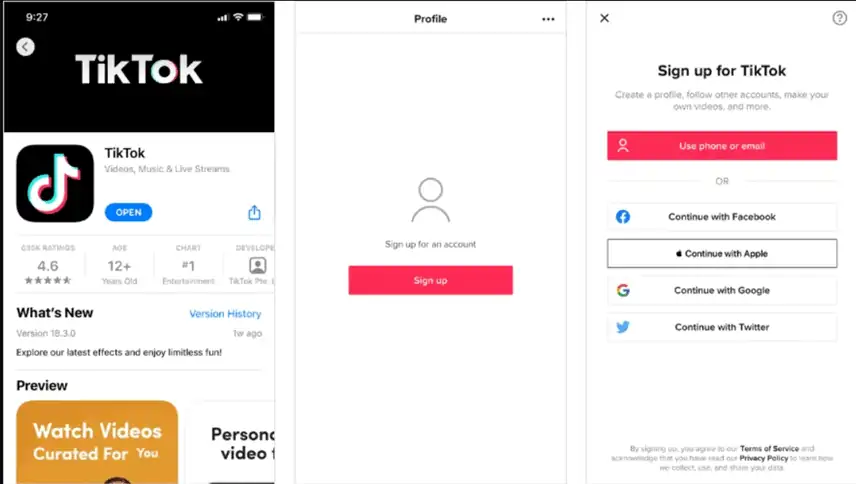
After setting up the profile, a user can navigate through various sections of the app, which are:
- Home: It displays two feeds that a user can switch between: Following and For you.
- Discover: It shows a user’s videos that have been tagged with a trending hashtag.
- Create video: This opens up the record screen, where a user can record a video.
- Inbox: It displays all activity on a user’s videos in one place.
- Profile: This is visible to both the user and other users.
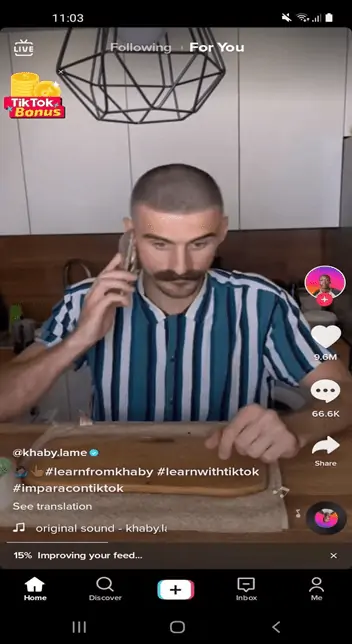
Here’s a rundown of the key activities that TikTok provides to its customers:
Explore Videos
The TikTok experience revolves around videos. Thus, a user can watch an infinite number of videos ranging from comedy, gaming, DIY, food, sports, memes, pets, and so on.
For You section
TikTok’s “For You” page, which functions as a homepage, is the first thing users see. Here, users can see a stream of videos tailored to their preferences, making it simple to discover new content and creators. This feed is driven by an AI recommendation system that curates a personalised feed for each user.
Next to this page is the “following” page to see videos from people a user follows. Also, a series of icons can be found on the right side of every TikTok video. The first takes the user to the creator’s profile who originally uploaded it. Then, there’s a heart, which works similarly to Instagram’s hearts or likes, followed by the comments. Next in the column is a right-pointing arrow for sharing individual TikTok to other platforms. Also, under the share option of someone’s video, users can select “React,” wherein they may film their reaction while the video is playing and place their overlay video next to the original video. The last icon is the spinning record representing the song excerpt the user is playing in their TikTok.
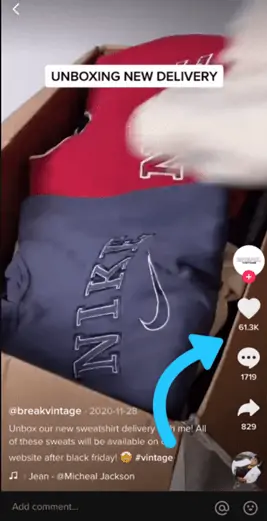
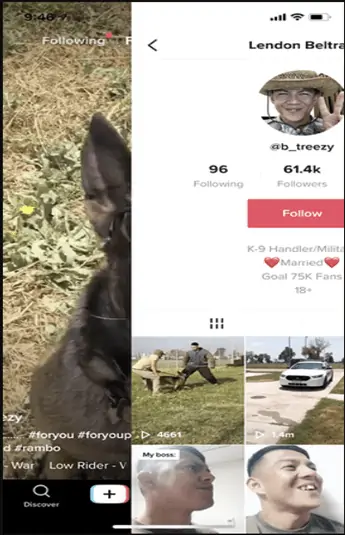
This section allows users to search and explore the various content available in the TikTok community. This includes popular videos, sound, effects, hashtags, creators, and sponsored content.
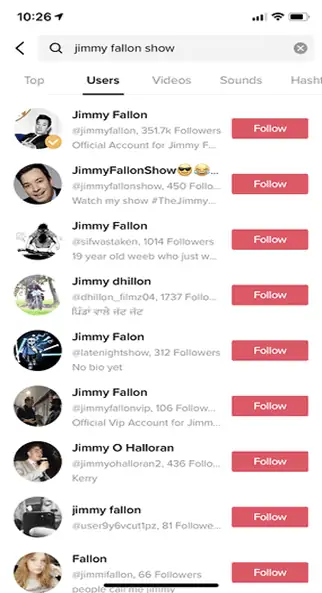
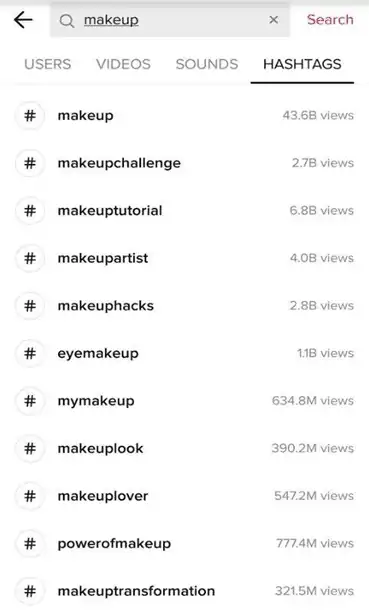
Create Videos
Creators are the heart and soul of the platform. Thus, they are provided with an array of tools to customise their videos when they start recording using the plus sign at the bottom of the screen. On the screen, there are several icons such as:
- Speed: helps to capture the video in slow motion or at fast speed.
- Beauty: an AR filter that helps to smooth out their complexion and cover flaws.
- Filters: this three-circled icon at the bottom of the screen allows users to change the camera’s colour filter.
- Timer: helps to establish an auto-record countdown.
- Sounds: available at the centre of the screen, this icon opens up the musical overlay or sound effect a user wants to use.
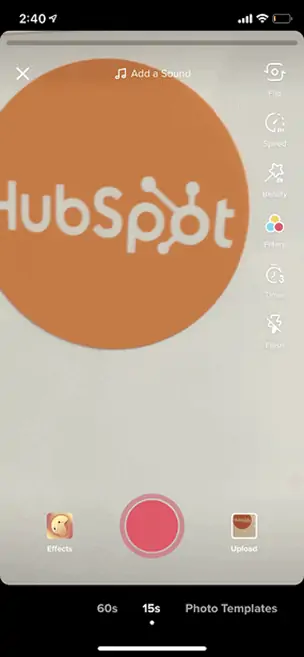
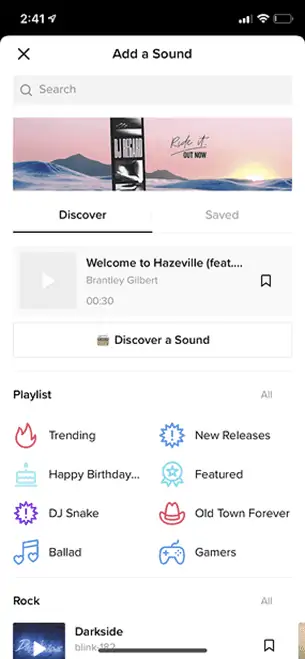
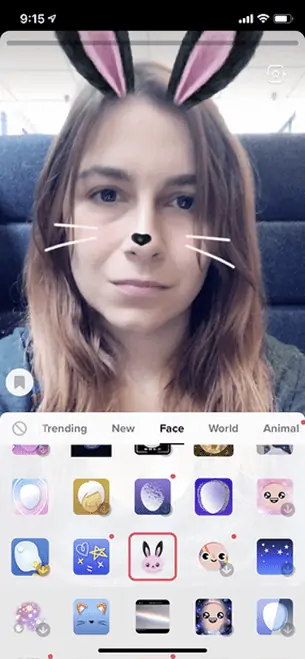
Additionally, creators can also engage in –
- Duets: This feature allows users to record a video alongside another video. It can range from genuine collabs, remixes, spoofs and so on. Usually, users use this feature to promote tracks and communicate with fans.
- Challenges: Also known as TikTok Trends, it’s basically creating a video using a famous song or hashtag. Trending tunes and hashtags like #eyelipsface, #dontjudgemechallenge, #bottlecapchallenge , #ButHaveYouSeen and #fliptheswitch encourages users to try out new dancing techniques or come up with their own spin on a topic and thus increase their views or followers.
- Follow other users: In order to keep up with a wonderful creator, a user can “follow them” by clicking the icon with their profile image and a plus sign above the heart button on their video. One can also scan their TikCode to locate them, and Tikcode is beneficial for companies or individuals who wish to advertise their TikTok channel on other websites or in person. Every user has their tikcodes located on the profile page in the upper right with four squares.
Who Are Tiktok’s Key Partners?
TikTok has paid partnerships with a number of celebrities and popular influencers from various social media platforms. These celebrities and influencers generate viral content and talk about the platform to their respective audiences. For instance, when TikTok was first released in Japan, the platform partnered with celebrities such as Yukina Kinoshita, Kyary Pamyu Pamyu, and Naomi Watanabe to attract local audiences. Similarly, Jimmy Fallon’s interest in the app grew organically but later monetised it through a paid relationship. Jimmy Fallon began a “challenges” portion on his show in November 2018. He challenged his followers to take the #TumbleweedChallenge and share videos of themselves rolling around like a tumbleweed on TikTok. Within a week, the challenge had attracted over 8,000 entries and 10.4 million engagements.

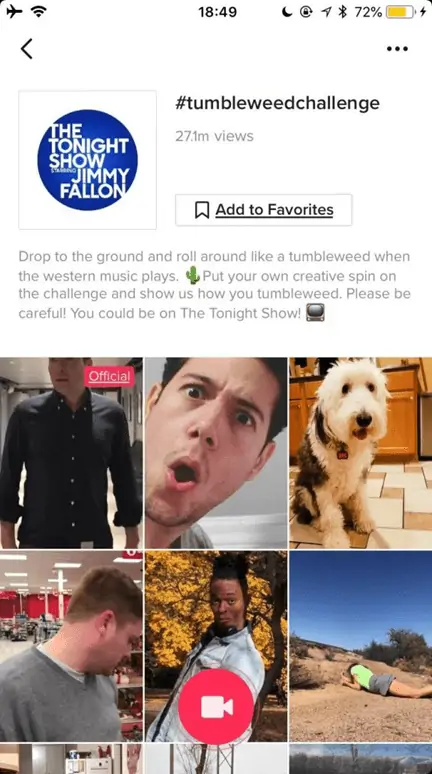
In addition to celebrity and influencer endorsements, TikTok has also partnered with marketers who are distinguished professionals who’d design, implement and track ad campaigns across specialities like campaign management, measurement, creative, effects, commerce and sound.
- Campaign Management Partners: They assist advertisers in capitalising fully on the platforms ad offering with the help of cutting-edge technologies. adMixt, Borscht, Buzohero, and customer acquisition are some of the agencies under this partnership.
- Measurement Partners: They guide brands in analysing and measuring the total impact of TikTok’s business solutions by providing premium services. Nielsen, Adjust, and AppsFlyer are some of the measurement partners.
- Creative Partners: They have the audiovisual and technological skills to assist businesses in generating ads on a large scale. For instance, Canva, Cooler, and Airtarget are some of the prominent creative partners.
- Effects Partners: They know everything about TikTok’s AR offering, tools and specialises in producing and developing augmented reality effects. Ignite XR, Genero and Byte are established effects partners of the platform.
- Commerce Partners: They specialise in marketing techniques to facilitate merchants to establish and manage their businesses effectively. These include Shopify, Productsup, and Square.
- Sound Partners: Their expertise enables brands to lean in and make an impact with sound. Some of the sound partners are The Elements Music and KARM.
Technological Resource: A Unique AI Algorithm
TikTok adopted Douyin’s sophisticated AI-based algorithm to develop and deliver its offering. The algorithm is designed such that it frees consumers from a plethora of video options and provides personalised recommendations that are based on a combination of factors like:
- User Interactions such as videos users like or share, the accounts they follow, the comments they make, videos they’ve added to their favourites, videos they’ve marked as “Not Interested”, videos they’ve reported as inappropriate and the content they create.
- Video Information which is based on the content a user searches on the Discover tab, such as Captions, Sounds, Hashtags, Effects, and Trending topics.
- Device and Account Settings that include language preference, and device type.
Moreover, the algorithm does not recommend duplicate content, videos a user has already seen, or videos flagged as spam and potentially disturbing content. Also, the algorithm is inclusive and does not make suggestions based on the number of followers. Thus, if a user creates outstanding content that speaks directly to the target audience, he has just as much chance as the biggest TikTok stars of landing on their For You page.
TikTok’s Key Channels
The Tiktok app, available for both ios and android operating systems, is the primary channel via which the company provides services to its customers. The company also has a website that enables the customers to explore the various instructions on how to go about the app as well as the various features incorporated in the app.
How Does Tiktok Make Money?
As per reports, TikTok generated an estimated $1.9 billion in revenue in 2020, a 457% increase from $350 million in 2019. This was possible because of its two primary sources of revenue: advertisements and in-app purchases. So, let’s dig deeper into each of these revenue streams to understand the revenue model of TikTok.
Tiktok Ads
In June 2020, TikTok launched “TikTok for Business”, a new advertising option that allowed brands to promote their products on the platform through in-feed videos, brand takeovers, hashtag challenges, and branded effects.
In-Feed Video Ads
These short-form videos get displayed between the user’s feeds as they browse through the “For You” page. The unique proposition is that these ads appear between videos and might take up the entire screen, similar to Instagram stories.
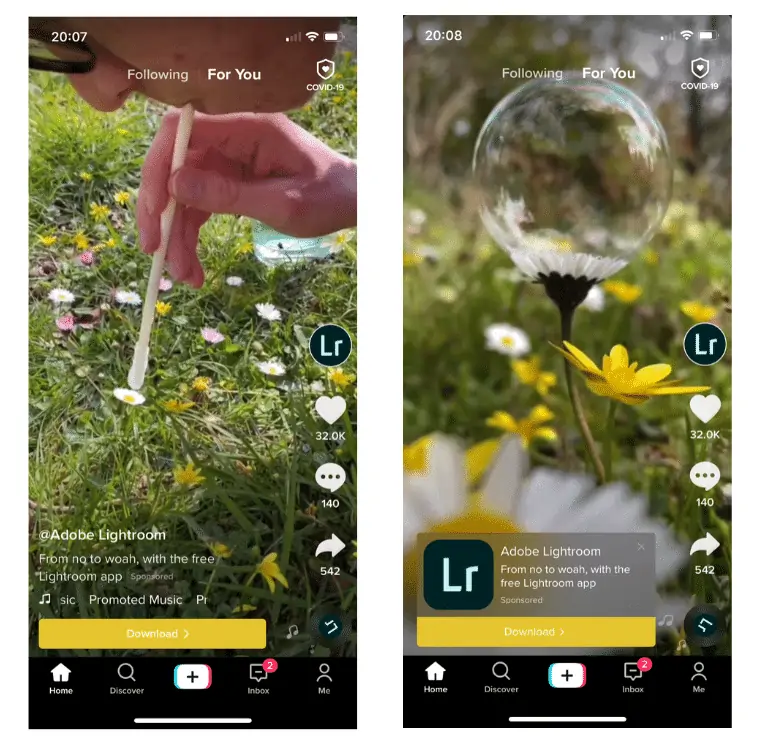
Brand Takeover Ads
These are the ads that get displayed right after you open your TikTok account and have the potential to bring in a lot of money for TikTok. The display of such ads can cost anything from $50,000 to $100,000.
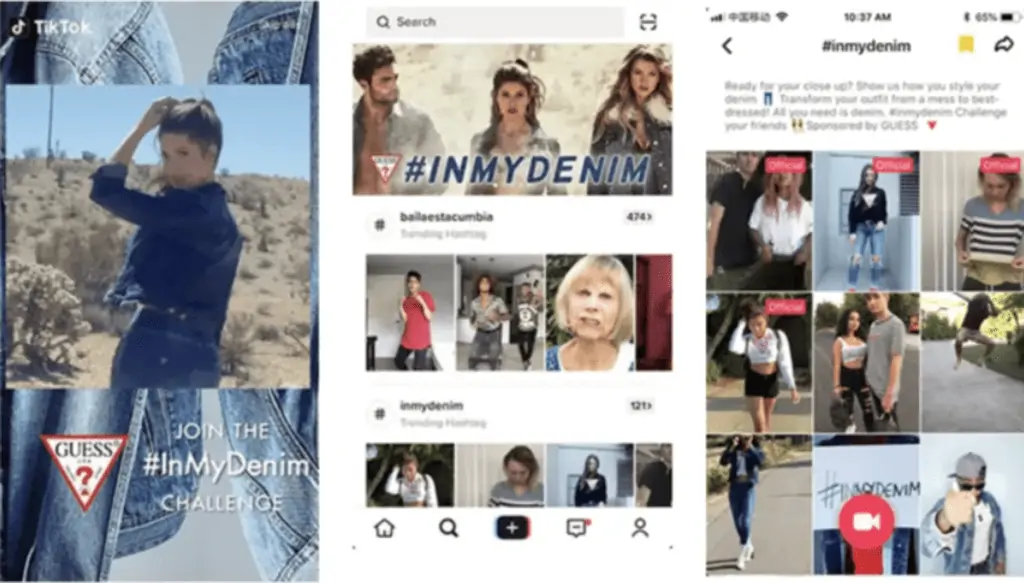
Top-View Ads
Unlike brand takeover ads, which gets displayed when a user first opens the app, top-view ads appear after the user has already started using it and can last up to 60 seconds.
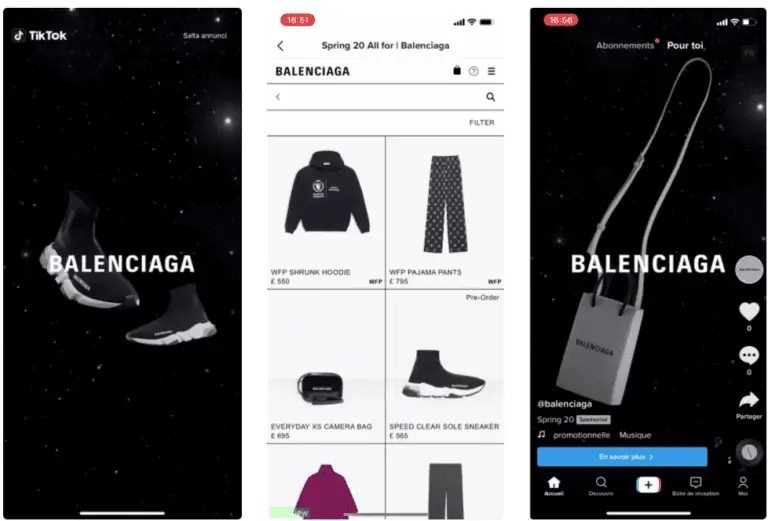
Branded Hashtag Challenges
The branded hashtag challenge is one of TikTok’s most lucrative revenue streams.
In these ads, brands create their own hashtag challenge and pay TikTok to have their tag appear on people’s discovery pages. Now, these challenges direct the user to the challenge’s main page, where they can see the detailed instructions.
TikTok charges a hefty amount for such an ad, which is $150,000 for the first six days of a hashtag challenge, plus an extra fee of about $100,000 – $200,000 to promote the challenge (UGC).
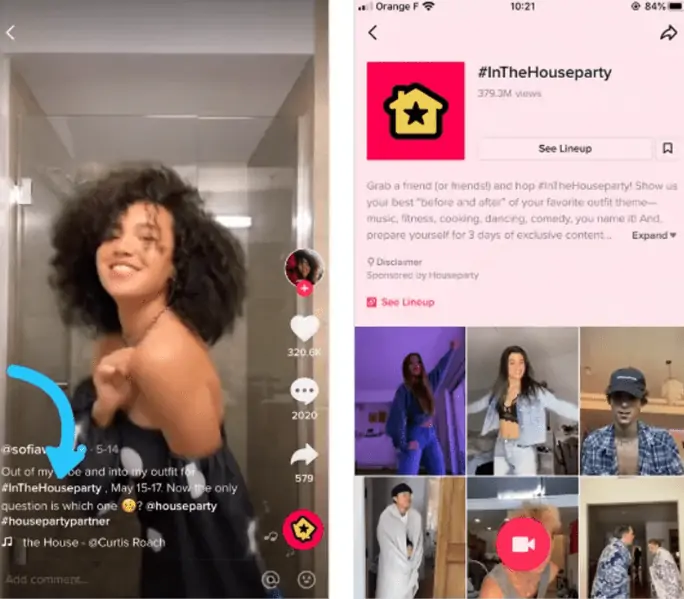
Branded Effects
TikTok also provides branded custom stickers, augmented-reality filters, and lenses for consumers to use in their videos. Each branded effect can last up to 10 days, giving users adequate time to connect with the brand. TikTok generates money when brands buy these ads to reach their worldwide audiences. With 2-D and 3-D Augmented reality branded lenses, Tiktok is making the platform more participatory and fun. In combination with the hashtag challenge, these lenses have the potential to make the campaign more engaging. Tiktok enables a company to create its own lenses. These can also assist the user in getting a better view of the goods before purchasing them.
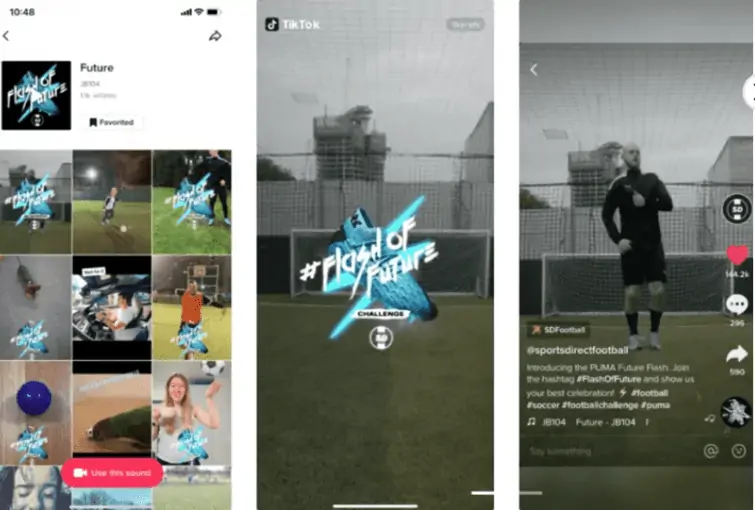
In-App Purchases
Before Tiktok for Business was introduced, the mainstream of revenue was in-app purchases. Under this, the creators with at least 1,000 followers can earn virtual gifts from their fans by broadcasting a live video. If users like their material, they can tip them with virtual gifts; however, each gift is worth a set amount of virtual coins, which must be purchased with real money through the app. They can then send gifts to their favourite content creators with these coins. Mostly, the virtual coins range from 100 to 10,000, with prices ranging from 99 cents to $249.99. The gifts that followers give turn into diamonds.
Commission From Content Creators
When a user makes in-app purchases, a creator has the option to withdraw all tips handed to them in exchange for real money. The catch is that for every dollar withdrawn from the app, TikTok charges a 50% commission and then refunds the remaining to the TikToker’s account. Usually, users can withdraw money from their account once and when they achieve $100 with a maximum limit of $1,000 on daily withdrawal.
Thus, TikTok makes money on the front end when users buy TikTok Coins, and on the back end when a content creator requests a withdrawal.
Tiktok Market Valuation and Investors
In 2018, SoftBank Group Corp. spearheaded a $3 billion fundraising round for TikTok in 2018, which included KKR & Co. and General Atlantic. During the fundraising round, ByteDance’s valuation increased to $75 billion.
As per the latest reports, In March 2020, Tiger Global Management became the most recent venture capital company to invest in TikTok. According to the Financial Times, ByteDance now has an implied valuation of $90 billion to $100 billion after placing its shares for sale on the aftermarket.
Future of Tiktok
Since its launch, the growth of TikTok has been rapid. In fact, because of its quick popularity, Facebook introduced its own short-video service Lasso in the United States in November 2018. However, just 70,000 US users downloaded Lasso within four months of its launch, compared to nearly 40 million for TikTok.
According to projections issued by Statista, in May 2021, the number of TikTok users in the UK will reach around 15 million by 2025. The app’s popularity is likely to continue to rise, with 16.8 million users projected by 2024. Also, In May 2021, Bloomberg reported that TikTok has begun working with merchants in areas, including the UK, on how they can sell products directly to millions of users within the app.
Now, even though the future of TikTok seems bright, the platform has always been controversial, from political propaganda to conspiracy theories, lawsuits, to several bans. As a matter of fact, the platform lost millions of dollars during some lawsuits and was outlawed in others. Because most of its data centres are in China, worries have grown, and many countries like India have banned the app. TikTok’s CEO, Zhang Yiming, seeks to reassure governments that the app is secure and has tried everything to clean their name from such allegations. For instance, they opened a Transparency Centre for Moderation and Data Practices, wherein experts can examine their moderation policies.
Despite the platform being under investigation and facing threats, various top firms are willing to acquire its US operations. One is a collaboration between Microsoft and Walmart, while the other is from Oracle and might include a group of investors. This is because, despite the various buzz, the platform plans to pursue a turnaround and diversification strategy to overcome its current weaknesses and explore more slowly while preserving its existing user base.
Go On, Tell Us What You Think!
Did we miss something? Come on! Tell us what you think of this article on the TikTok business model in the comment section.
An avid reader and economics enthusiast who is always eager to learn. Prachi is an aspiring leader who believes in what she does. Besides reading , she is fond of baking , dancing and travelling.
